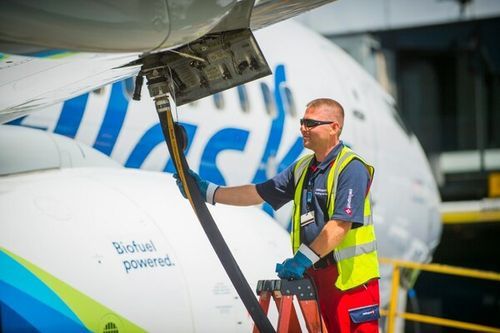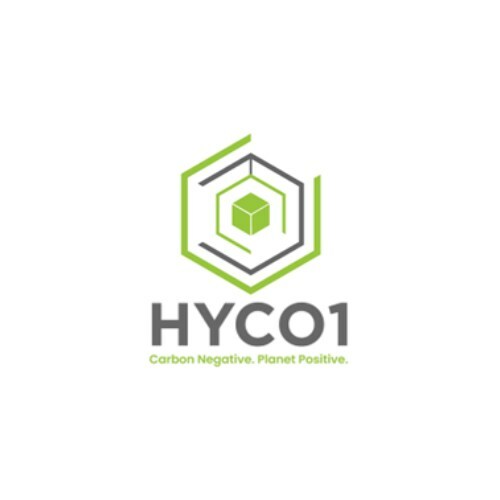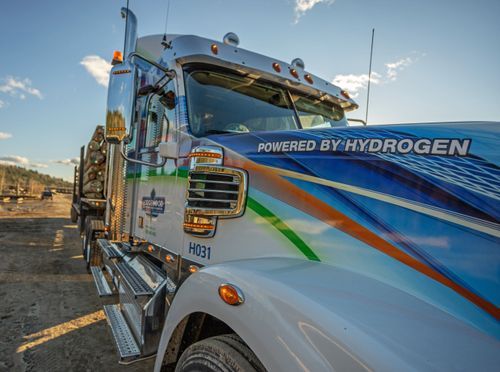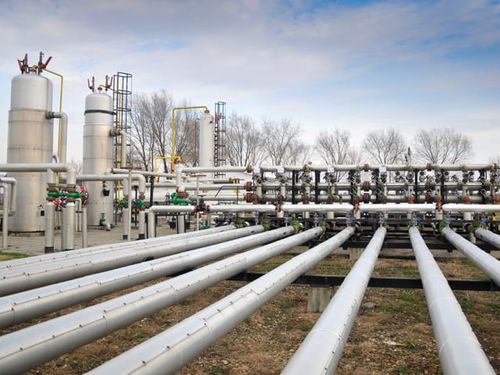OCI Global is evaluating a sale of several ammonia and methanol assets as part of the re-opening of its strategic business review.
The global producer and distributor of methanol and ammonia is working with Morgan Stanley to explore a sale of its ammonia production facility in Beaumont, Texas, as well as the co-located blue ammonia project under development, according to sources familiar with the matter.
The evaluation also includes OCI’s methanol business, one of the sources said.
Representatives of OCI and Morgan Stanley did not respond to requests for comment.
As part of the earlier strategic review announced last year, OCI in December announced the divestiture of its 50% stake in Fertiglobe to ADNOC, and the sale of its Iowa Fertilizer Company to Koch Industries, bringing in $6.2bn in total net proceeds.
However, OCI has received additional inbound inquiries from potential acquirers for the remaining business, leading it to re-open the review, CEO Ahmed El-Hoshy said last month on OCI’s 4Q23 earnings call.
“As such, OCI is exploring further value creative strategic actions across the portfolio, including the previously announced equity participation in its Texas blue clean ammonia project,” he said, adding: “All options are on the table.”
The comments echoed the remarks of Nassef Sawiris, a 40% shareholder of OCI, who recently told the Financial Times that OCI could sell off most of its assets and become a shell for acquisitions.
In the earnings presentation, El-Hoshy took time to lay out the remaining pieces of the business: in particular, OCI’s 350 ktpa ammonia facility in Beaumont; OCI Methanol Group, encompassing 2 million tons of production capacity in the US and a shuttered Dutch methanol plant; and its European ammonia/nitrogen assets.
Texas blue
The Texas blue ammonia project is a 1.1 million-tons-per-year facility that OCI touts as the only greenfield blue ammonia project to reach FID to date. The company has invested $500m in the project as of February 24, out of a total $1bn expected investment, according to a presentation.
“Commercial discussions for long-term product offtake and equity investments in the project are at advanced stages with multiple parties,” El-Hoshy said. “This reflects the very strong commercial interest and increasing appetite from the strategics to pay a price premium to secure long-term low-carbon ammonia.”
El-Hoshy’s comments highlight the fact that, unlike most projects in development, OCI took FID on the Texas blue facility without an offtake agreement in place. The executive did, however, highlight the first-mover cost advantages from breaking ground on the project early and avoiding construction cost inflation.
Additionally, the project was designed to accommodate a second 1.1 mtpa blue ammonia production line, which would be easier to build given existing utilities and infrastructure, El-Hoshy said, allowing for an opportunity to capitalize on additional clean ammonia demand at low development costs.
“Line 2 probably has the biggest advantage, we think, in North America in terms of building a plant where a lot of the existing outside the battery limits items and utilities are already in place,” he said, emphasizing that by moving early on the first phase, they avoided some of the inflationary EPC pressures of recent years.
At the facility OCI will buy clean hydrogen and nitrogen over the fence from Linde, and Linde, in turn, will capture and sequester CO2 via an agreement with ExxonMobil.







